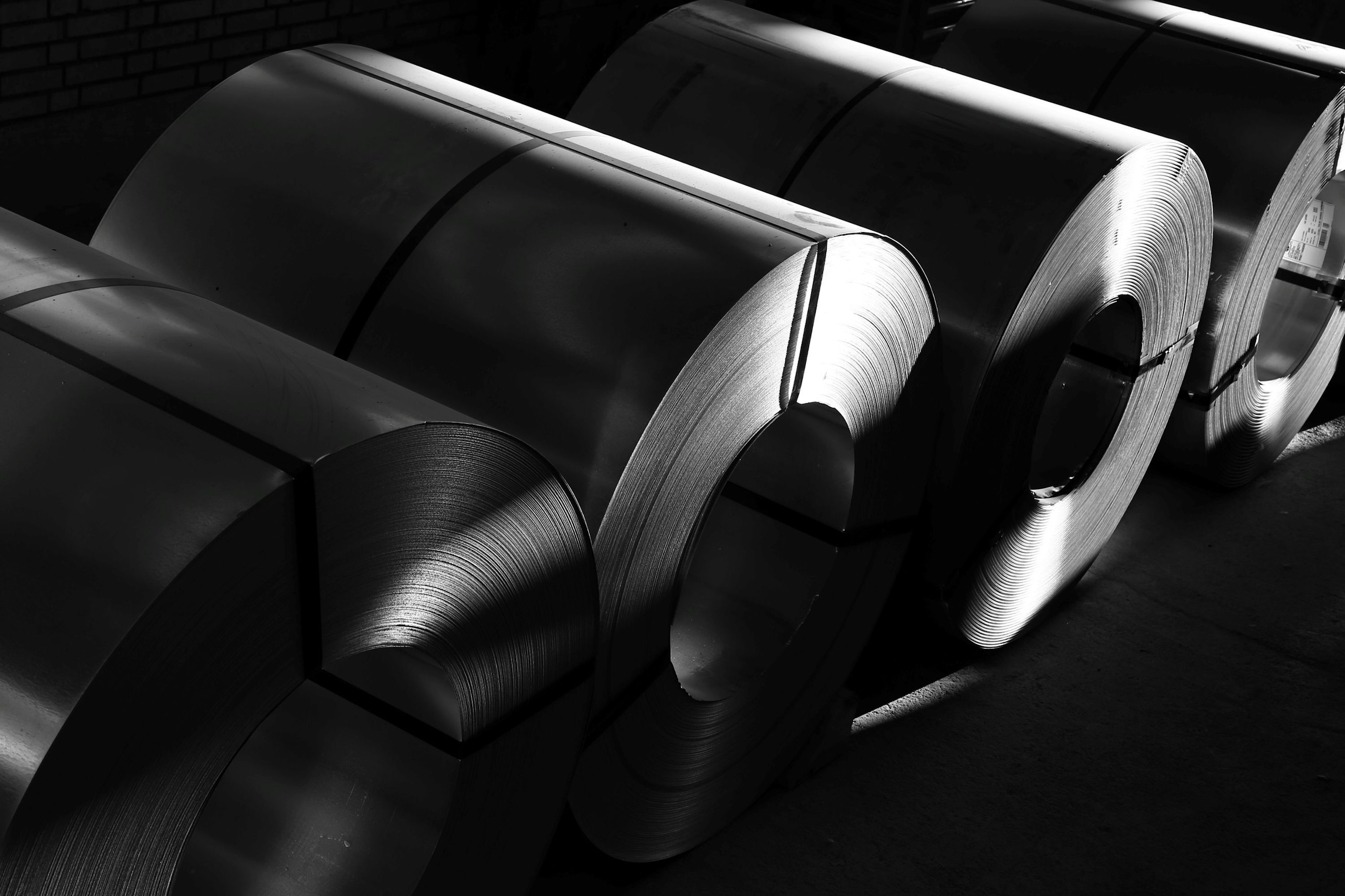Navigating the landscape of new potentials and endless possibilities
9 February 2024
Industry 4.0
In the era of industry 4.0, technological advancements are reshaping the landscape of manufacturing, and one of the key innovations at its forefront is additive manufacturing. This technology has ushered in a new era of production by enabling the creation of intricate, customised and complex components layer by layer.
While it initially found its roots in prototyping, additive manufacturing has evolved far beyond that role. The paradigm has shifted towards mass customisation, driven by the inherent capabilities of additive manufacturing to produce highly personalised items with remarkable precision and strength. Its potential spans across various industries, from aerospace to healthcare, as it significantly reduces waste, production cost and lead time. Additive manufacturing has emerged as a driving force in the fourth industrial revolution, enhancing efficiency, sustainability and competitiveness in today’s global marketplace.
In this article, we will delve into the reasons and implementation principles of additive manufacturing and outline the journey to enable unmatched efficiency and flexibility.
Why: The business case
The technology push of additive manufacturing opens the door to a new era in manufacturing, characterised by unprecedented freedom of design, functional integration, weight reduction, small-part fabrication and decentralised production. Concurrently, market demands are shifting towards individualisation, rapid response, flexibility, sustainability and cost efficiency. These complementary trends converge to create a highly successful business model for additive manufacturing.
By empowering designers to create complex, customised components with minimal waste and the ability to reduce weight, additive manufacturing aligns with market desires for sustainability and low costs. Moreover, its decentralised production capabilities enhance responsiveness and flexibility, efficiently meeting individual customer needs in an era where personalised products are increasingly sought after. This synergy between technological advancements and market dynamics positions additive manufacturing as a powerful and competitive force in today’s industrial landscape.
Why: The benefits of additive manufacturing
Additive manufacturing has emerged as a transformative force across various dimensions of manufacturing and supply chain management. It significantly reduces waste by allowing for innovative, optimised designs that are not feasible with traditional production methods. This is true, as the technology can support structures that are too advanced for traditional production. The layer-by-layer technology enables custom pipes, for example, to be used for cooling, creating unseen shapes and unique components. This not only reduces material costs but also leads to a higher degree of environmental sustainability in the supply chain.
By enabling on-demand, localised production, additive manufacturing reduces time to market, allowing for quick service to customers and resulting in increased customer satisfaction. Additionally, it offers the added benefit of cheap, swift prototyping for innovative new parts or products. Simultaneously, it decreases inventory holding costs through the digitalisation of the warehouse. Rather than keeping physical parts in stock, a portion of the portfolio can be converted to digital 3-D models with print instructions – to be printed only when they are actually in demand. This has the potential to completely eliminate the complexity of moving physical finished goods around the network, replaced by a much simpler supply of raw material for printing, ultimately lowering transport costs and promoting sustainability by decreasing transport-related emissions.
Furthermore, additive manufacturing enables effective individualisation, meeting unique customer needs efficiently and at a lower cost with a higher degree of responsiveness. Lastly, the inherent resilience of additive manufacturing reduces risks related to supply chain disruptions by allowing distributed, localised production. This makes it a powerful tool for addressing challenges and uncertainties in the modern industrial landscape.
How: Fundamentals of additive manufacturing
The process of working with additive manufacturing can be described in four relatively simple steps.
Where: Key considerations to kick-start the journey
Getting the essential competencies in place is crucial to kick-start this transformative process, and there are several approaches to do so. Essentially, you can opt for collaboration with external service providers or invest in in-house capabilities and the required technology.
These elements are interconnected and evolve over time.
- The simplest and fastest way to commence the journey is by entering into partnerships. This is particularly valuable for proof of concept and small-scale additive manufacturing applications, offering a less resource-intensive initiation. Various partnership models exist, including the “full package”. Considering the previously mentioned “Fundamentals of Additive Manufacturing”, this would mean tapping into the specialised knowledge of service providers to aid in every step of the way – from CAD drawings to slicing and printing. There is no right or wrong answer, and we can outsource any of the steps, none of them and everything in between.
- Alternatively, organisations can focus on developing in-house competencies while partnering solely with technology providers, or conversely, invest in technology while outsourcing capabilities. This allows organisations to advance at their own pace by gradually building competencies and supplementing their own knowledge with expert knowledge, from which they can learn. This is especially relevant for organisations that have mapped current competencies and ambitions and are looking for gap-closing capabilities and/or access to technology.
Over time, this second model may gradually evolve into an integrated solution, where in-house capabilities and technology take on a more prominent role, reducing the reliance on external partnerships. This model often emerges as the optimal choice, offering a pragmatic alternative to building capabilities from the ground up and making substantial initial investments. The fully integrated solution is especially relevant if a major concern is to retain a higher degree of control and safeguard proprietary business-critical knowledge and insights, keeping them securely in-house.
Regardless of the path chosen, it is essential to consider necessary competencies and decide whether to build and invest internally, partner up or anything in between. This type of decision is closely linked to segmentation – and the journey should start here. If your entire business is to rely on additive manufacturing, developing in-house capabilities should be preferred. Conversely, if only a few parts of the product portfolio are feasible for printing, opting for the purchase of competencies might be the way forward.
What: Feasibility funnel for component selection
Now? Get on board!
Standing on the verge of tomorrow's manufacturing landscape, additive manufacturing holds vast potential. In this transformative journey, we imagine a world where customisation knows no bounds, intricate designs effortlessly come to life, and sustainable, on-demand production becomes the norm. Additive manufacturing is set to bring about unprecedented innovation, decentralising production and making creativity more accessible. Industries will not only produce goods but also create experiences that enhance our way of life.
In this future, traditional supply chains will be reimagined, waste minimised, and the scope of manufacturable items will continue to expand. As we embark on this exciting journey, one thing remains certain: additive manufacturing will redefine how we build, shaping a future limited only by the horizons of our imagination. The potential is limitless, and the possibilities are vast. Welcome to the age of additive manufacturing.









